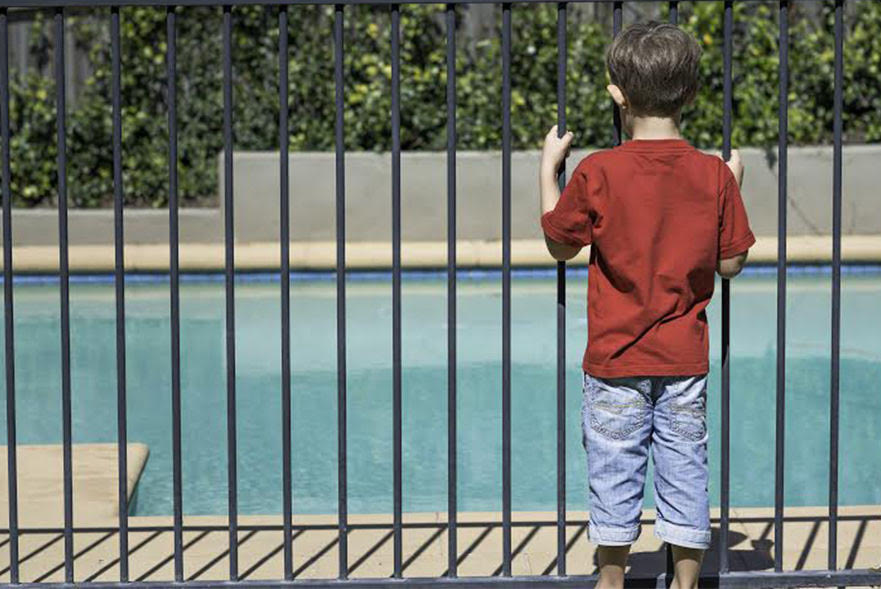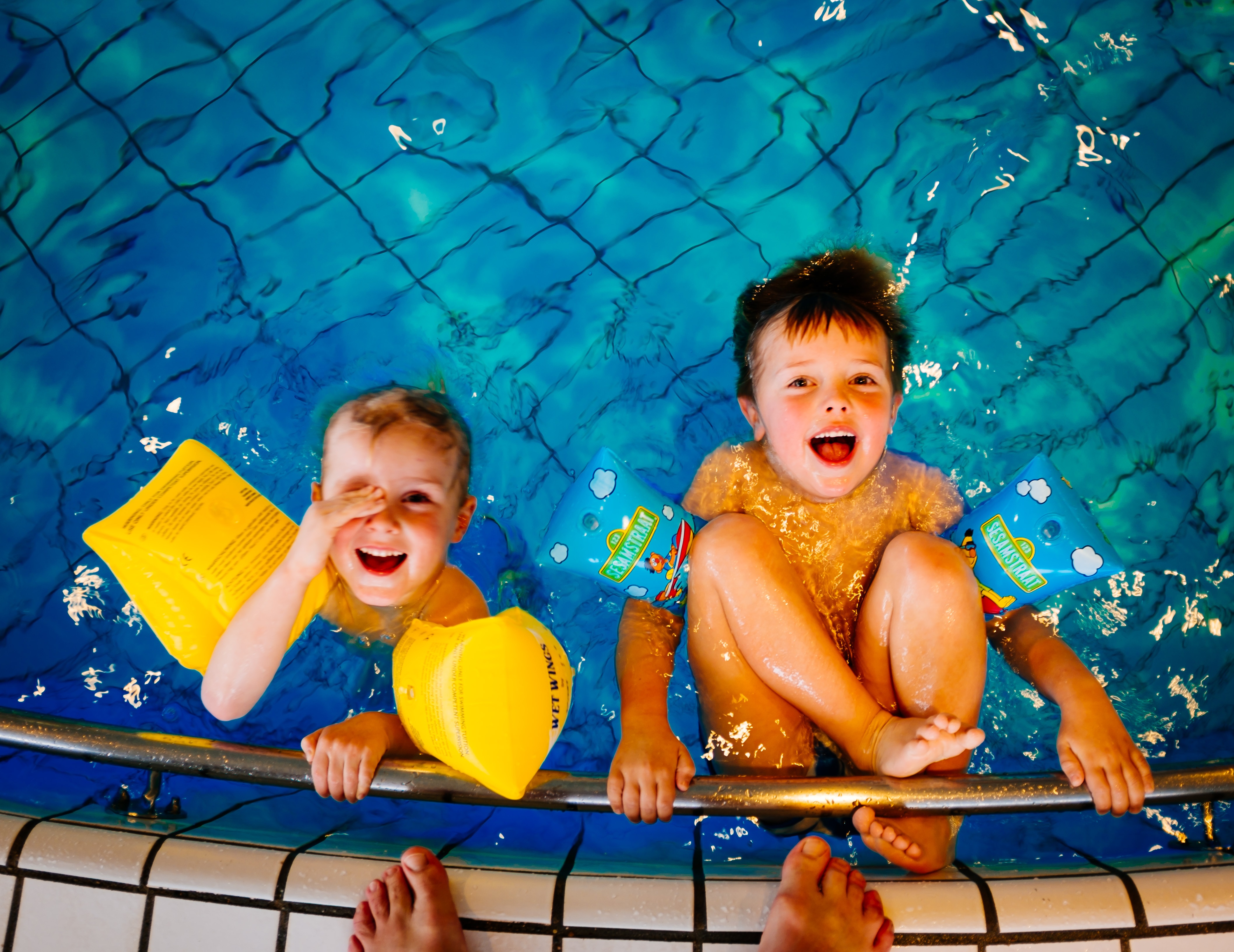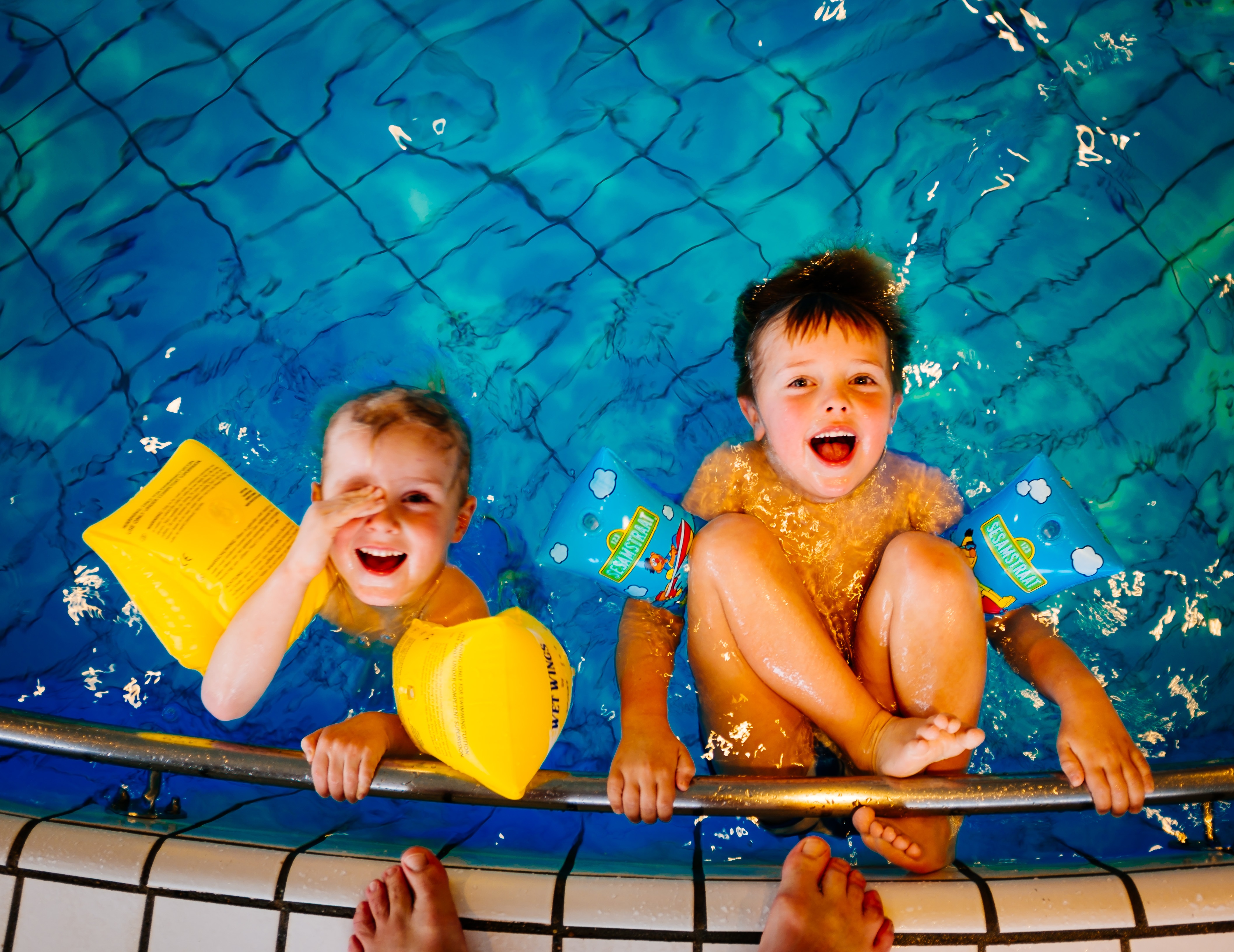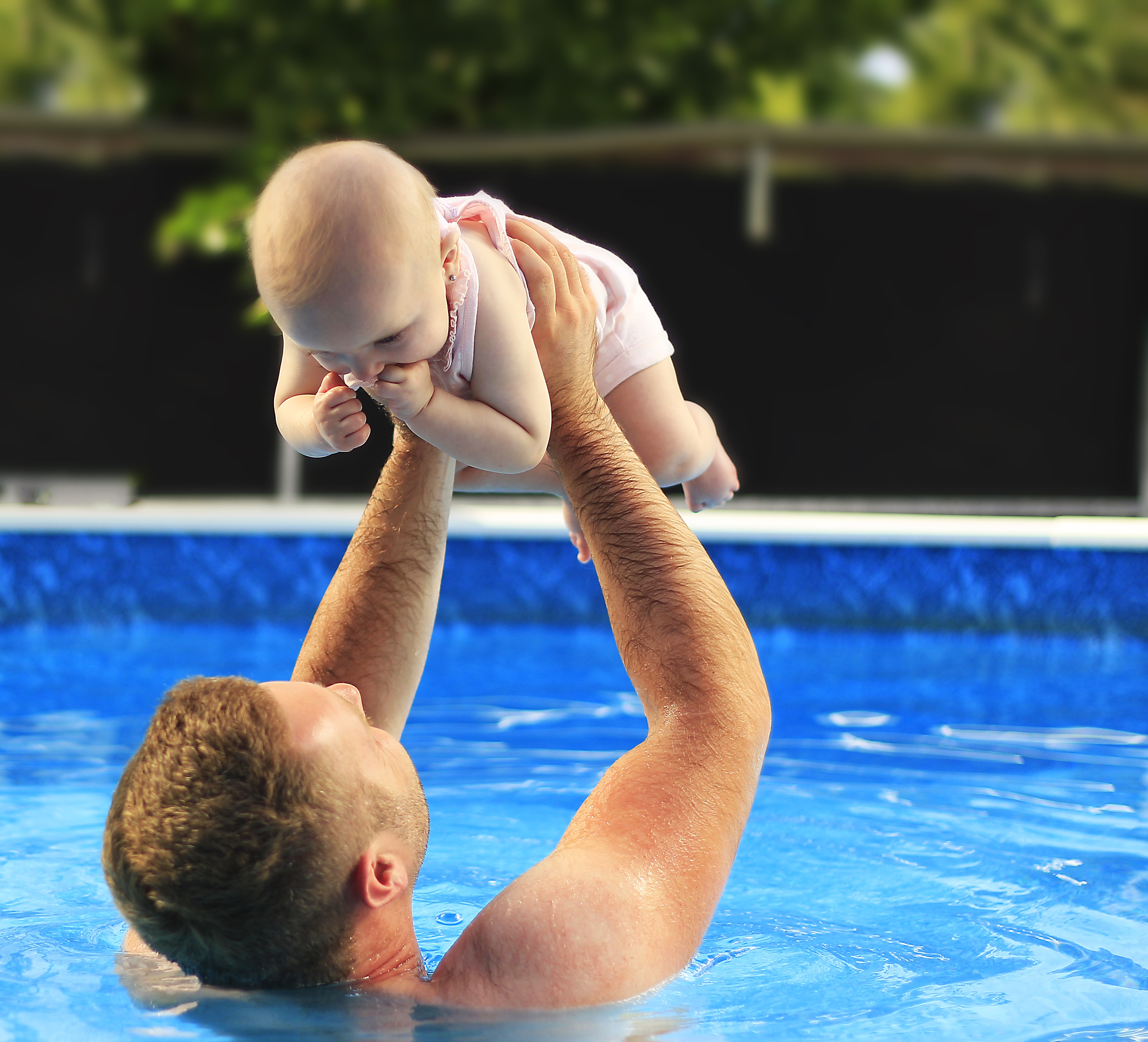Matt Welsh is a former world champion swimmer, Olympian and now a Kidsafe campaign ambassador. Most importantly he is the father of 5 young children. He knows how critical it is to spread the message of safety by the water.
Drowning does not look like drowning. It can be quick and silent and easy to miss by people nearby. Don’t rely on a child to call out for help. In fact, it can take as little as 20 seconds for a child to drown.
“Children drown quickly and silently”, says Matt.
“Together with a compliant pool barrier that is regularly checked and maintained, your home pool defence should also include active adult supervision of children in and around water, water awareness and first aid knowledge to keep your family safe this season.”
Live Saving Victoria recommends that until your children are 10 years of age and competent swimmers, you must keep your eyes on them at all time. If they under the age of 6, they must be within arm’s reach
Even if your children look confident around the water and are having fun with their friends, the danger of drowning never takes a break. When our kids are happy and occupied, do not get distracted by your phone. Your eyes need to stay on your child.
Last year 18 children under 5 died in by drowning in Australia.
“Despite significant reductions in toddler drowning deaths over time, drowning continues to be one of the leading causes of accidental death for Australian children under 5 years of age,” explained Jason Chambers, General Manager of Kidsafe Victoria.
You can prevent children drowning by doing a few simple things:
1. Make sure your pool safety barriers are actually safe
If you own a pool or spa, make sure you check your pool barriers this month. Safety fencing is compulsory for all pools, but it is common to overlook the proper maintenance of them.
Evidence suggests that a large number of drowning deaths are the result of barriers that are faulty, or non-compliant with Australian standards.
“Common faults or non-compliance issues include gates and doors that are no longer self-closing or latching, gates that are propped open and climbable objects near the barrier – all of which can provide children with unsupervised access to the water area”, explained Mr Chambers.
Kidsafe has launched the national ‘Safe Barriers Save Lives’ campaign that urges all pool and spa owners to remember to check the safety and compliance of their pool or spa barrier when they change their clocks at the beginning of daylight savings time in early October.
Remember, even though your own children may be competent swimmers, visiting children may not. It is illegal to leave a pool or spa gate propped open and climbable objects must be moved away from the barrier at all times. These include pot plants, eskies, pool pumps, chairs and other furniture.
“There is no better use of 15 minutes of your time than checking the safety of your pool barrier in preparation for the warm summer months ahead”, said Matt Welsh.
2. Temporary pools need fencing too
All pools that have a depth as little as 30 centimetres are required to be surrounded by a safety barrier. That means that if you (or Santa) buys your kids a large frame pool or even a smaller inflatable pool this summer, then you must still ensure it is properly fenced off.
All pools and spas, including all kinds of temporary pools must have a four-sided barrier with no direct access from the house or any other building to the pool. The barriers must be a minimum of 1.2 metres high. Barrier gates must be self-closing and self-latching.
Manufacturers and retailers of temporary pools assume no responsibility for your family’s safety and may include pool safety notices in their products prompting buyers to follow mandatory legislation.
3. Never stop supervising
You can prevent drowning by keeping your eyes on your child. Use the time to stay present and enjoy the water with your children. Do not be tempted to sit back while your kids are occupied and get distracted by your devices or friends. Put your phone down and watch your kids. “Lifeguards do a great job of keeping our pools safe, but they are not babysitters”, said a Life Saving Victoria spokesperson.
Keep these age guidelines in mind when you take your children to the pool:
* Babies and toddlers from birth to 5 years old (as well as non-swimmers) must have a parent or guardian in the water at all times within arm’s reach of the child. It is best if you are engaging with your child. Use this time to play, talk and cuddle them in the water.
*If your child is aged 6 to 10 years old, a parent or guardian should be close enough to make eye contact with the child and be constantly watching them. If you choose not to be in the water with your children of this age group, make a point to stay focused on their safety.
* Children aged 11 to 14, still need an adult regularly checking on their child by physically going to the edge of the pool, spa or beach where they are swimming. Accidents happen in playful games even with older kids.
No matter what their age, keep your child’s swimming ability in mind and be prepared to jump into the water at a moment’s notice. Lifeguards at pools and beaches are an extra precaution but should be relied on to fully supervise your children.
4. Who’s watching the kids?
Pool parties in peoples’ homes are a high-risk place for pool safety. Pool parties over the summer can be relaxed and enjoyable and with lots of adults around, and it can often seem like there is extra supervision for children. However, these situations can often be the most dangerous.
“Everyone may assume that someone else is watching the kids when in fact, nobody is“, warns Kidsafe.
If you are chatting with friends around the pool, make sure pool safety is a key part of your conversation and everyone is aware that eyes need to be on the kids.
“Nominate ‘designated supervisors’ whose role it is to supervise children in and around the water – that way, there is no confusion as to who is watching the kids. This role can be shared throughout the day, so everyone gets a chance to relax. You can even use a special hat or wristband so that it is clear who the designated supervisors are.”
So, remember, safety first. It’s better to be a pool safety evangelist and relax knowing your kids are safe by the water and your pool is safe for everyone. Check you fencing, keep supervising and enjoy the water this summer.











